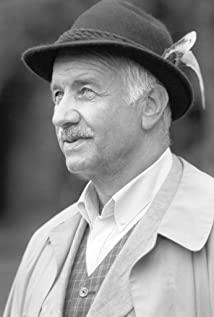Collection Polyphony Alienation Touching Humanistic Care
Highlighted polyphonic narrative structure
Transition elements : five clocks on the wall, clocks in the first dozen empty shots of each story, and similar music at the beginning and the end
Connection point : the same professional "driver", different passengers (polyphonic narrative)-"narrative not narrative"
tip: The emotions of different people in different countries, different races, and different situations at the same time and in the same position.
The first shot of the film "universe" hints, the total angle of view of the film and the observation angle of a bird's eye view
Large panning shots (the first dozen sets of shots in each story): Tips to enter the nightlife of locals
Fixed camera/long lens: viewer angle, contemplation and introspection
The same emotion: living in these five prosperous cities, the wandering feeling of strangers and passersby makes people alienate, and they can’t help looking for their own identity. Most people are looking for themselves and caring while paying attention and being followed. (Humanistic care). With the passing of passengers, the driver will eventually return to "home" and return to life, regardless of whether the front is good or bad.
From 19:07 to 5:07, as the night passed, the embrace of the middle-aged driver and the two drunks + the words "Good morning" from the neighbors in Helsinki gave the viewers warmth.
View more about Night on Earth reviews










